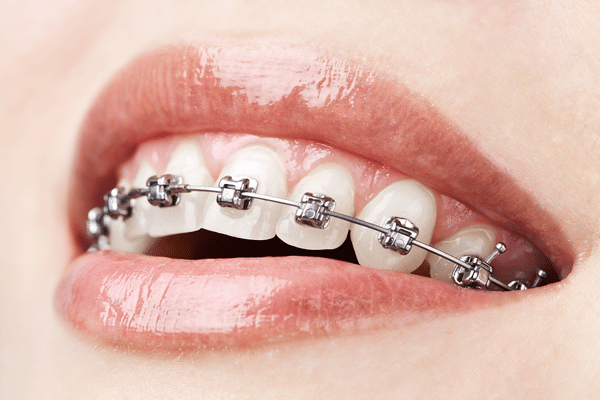How many orthodontic terms do you know? Like any medical specialists, orthodontists have their own terminology they use to describe dental issues that can be treated with braces and the latest orthodontic technology, like Invisalign. Dr. Peter Chapman, a top orthodontist near Danville, Indiana, said understanding the terms doctors use can help alleviate the anxiety some patients have before a consultation.
Dr. Chapman tells future patients in Danville, Indiana, to learn 8 common terms before visiting an orthodontist:
1. Open-bite is when the upper and lower teeth do not touch because they thrust forward. Dr. Chapman attributes the condition to thumb-sucking, thrusting your tongue against your teeth when you swallow or sleep, underdeveloped teeth or an abnormal jaw structure.
2. Cross-bite, commonly called under-bite, is when the lower teeth overlap the upper teeth. Dr. Chapman said the issue often causes gum loss and uneven wear on teeth in some patients in Danville, Indiana.
3. Over-bite is when the upper teeth overlap the bottom teeth, which is fairly common. But a deep-bite, where the lower teeth are completely covered by the uppers, can be quite unhealthy, according to Dr. Chapman. Deep-bite often leads to gum loss and will create excessive wear on the top front teeth.
4. Spacing is a significant gap between teeth, which is caused by teeth that are missing or small or when the dental arch is very wide. Dr. Chapman has observed the condition leading to uneven wear on teeth in patients in Danville, Indiana.
5. Crowding, a common dental misalignment, is caused by a dental arch that is too small or when the teeth are too large. The teeth bunch together, forming a crooked smile. Dr. Chapman said the issue is more than unsightly. Crowding may cause gums to recede and weaken and lead to impacted teeth. Impacted teeth grow beneath the gum line but never push through the surface, according to the American Association of Orthodontists.
6. Appliance describes anything orthodontists like Dr. Peter Chapman attach to teeth that helps reposition the teeth or changes the shape of the jaw.
7. Retainers are appliances patients wear after braces are removed. Orthodontists attach the retainer to a patient’s teeth to hold them in place. Some retainers are removable, and others are bonded to the tongue side of several teeth.
8. Invisalign is a popular alternative to braces in Danville, Indiana. The relatively new technology straightens teeth with a series of clear, custom-molded aligners. The removable aligners, which are nearly invisible, are worn throughout the day but can be removed to eat and clean the teeth, according to Dr. Chapman.

